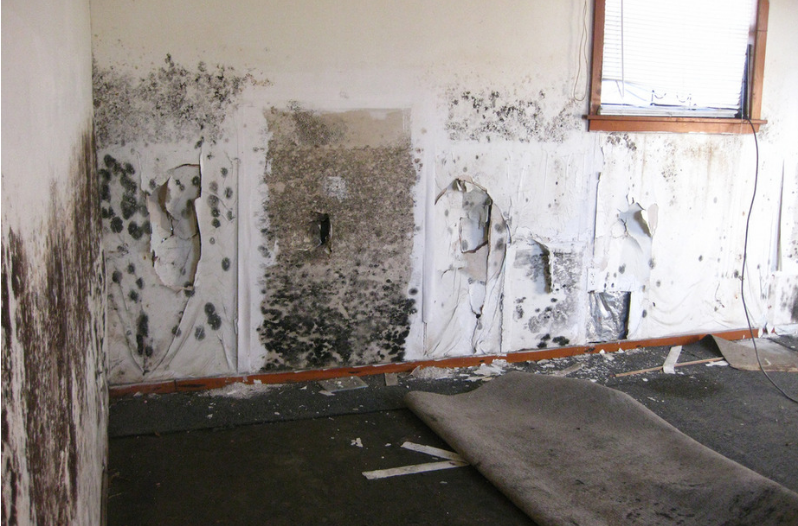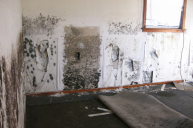Scientifically known as Stachybotrys chartarum, black mold is one of the most common types of mold you can find in your home. The name itself is ominous enough, making it seem like your house could be taken over by the plague. Black mold can be toxic but there are easy ways to try an prevent it from invading your home and wreaking havoc on your immune system.
This particular toxic mold is most likely to thrive in damp, dark areas like basements. Be careful of those areas and crevices in your home that are most susceptible to moisture. These are the where species of mold, like this toxic black mold, can thrive. If there's visible mold you can't really miss it if you're checking for it (obviously, it's a dark black color, hence the name). There are some scary health effects that come as a result of black mold exposure, with most health problems starting with respiratory effects:
- Chronic coughing and sneezing
- Irritation to the eyes
- Shortness of breath
- Skin irritation
- Mucus buildup in the nose and throat
- Rashes
- Chronic fatigue and
- Persistent headaches
- Nausea
- Vomiting
- Bleeding in the lungs/nose
Read More: How to Remove Ugly Wood Floor Scratches with a Walnut
If you are experiencing any of these black mold symptoms and find this type of mold in your home, it can be costly to treat. Porous materials infected by mold should be thrown away (carpet, tile, ceiling tiles, etc). In most cases, you're able to hand black mold removal yourself. All you need is some bleach solution or basic cleaning products. The CDC recommends using 1 cup of bleach in 1 gallon of water. Make sure you get all of it cleaned because you can still have a reaction to any dead particles that are leftover. Treat the area in a mask and covering all body parts (including protective eyewear) to be wary of mold spores spreading and causing an allergic reaction.
Easy ways to stop mold growth:
- Maintain low humidity levels
- Make sure your home has adequate ventilation
- Look into adding mold inhibitors to your paint
- Make sure damp rooms like bathrooms are consistently kept clean with strong cleaning products (bleach helps keep mold growth at bay)
- Remove any flooring that has experienced water damage (you never know what's growing in there)
Now Watch: The 5 Best Log Cabins to Buy and Build




